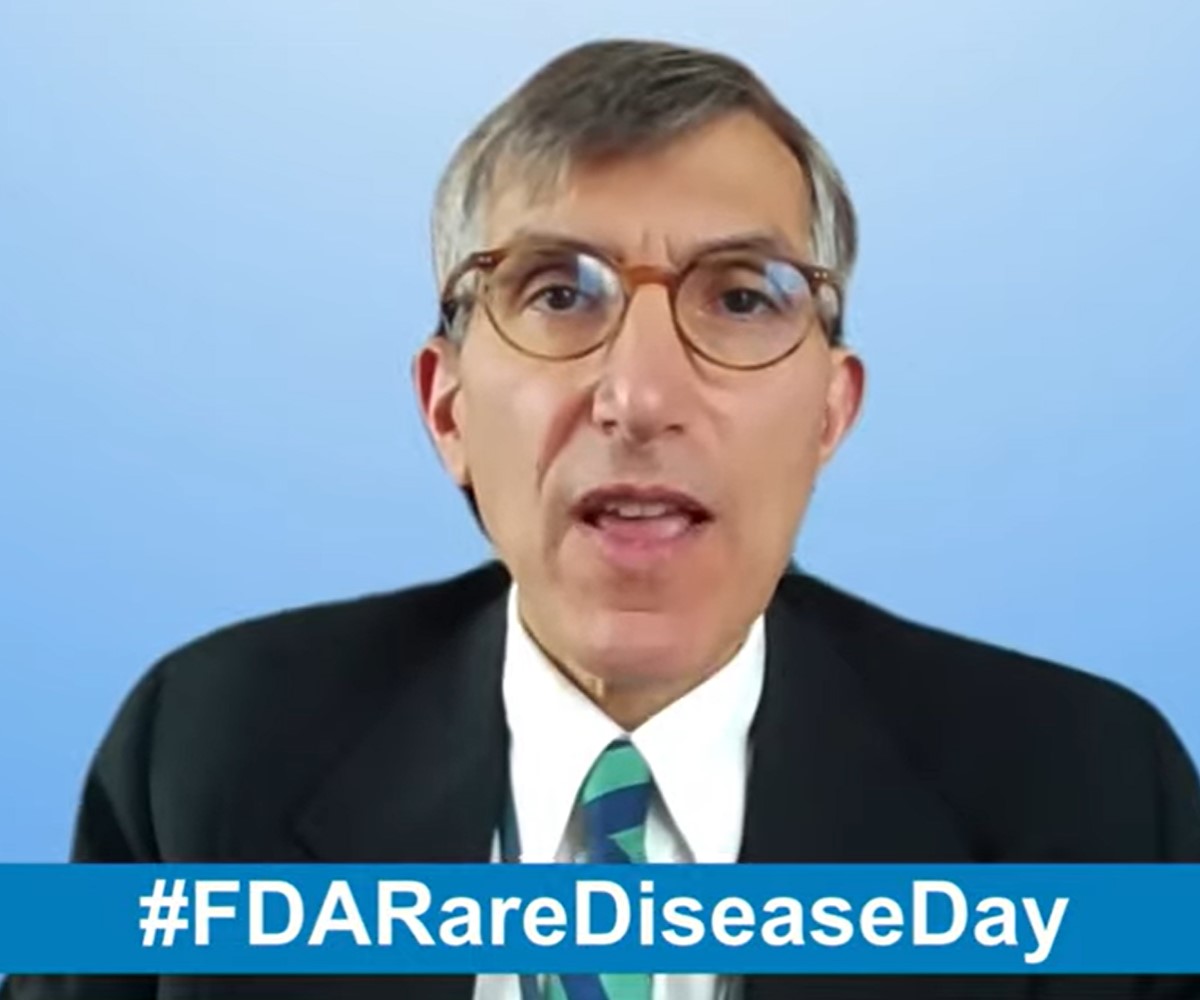FDA plans to launch communications pilot for promising rare disease gene therapies
 Biologics/ biosimilars/ vaccinesClinical TrialsGlobalHealth Authority meeting and communication strategyNorth AmericaPreclinical studyRegulatory Intelligence/PolicyResearch, Design and Development
Biologics/ biosimilars/ vaccinesClinical TrialsGlobalHealth Authority meeting and communication strategyNorth AmericaPreclinical studyRegulatory Intelligence/PolicyResearch, Design and Development